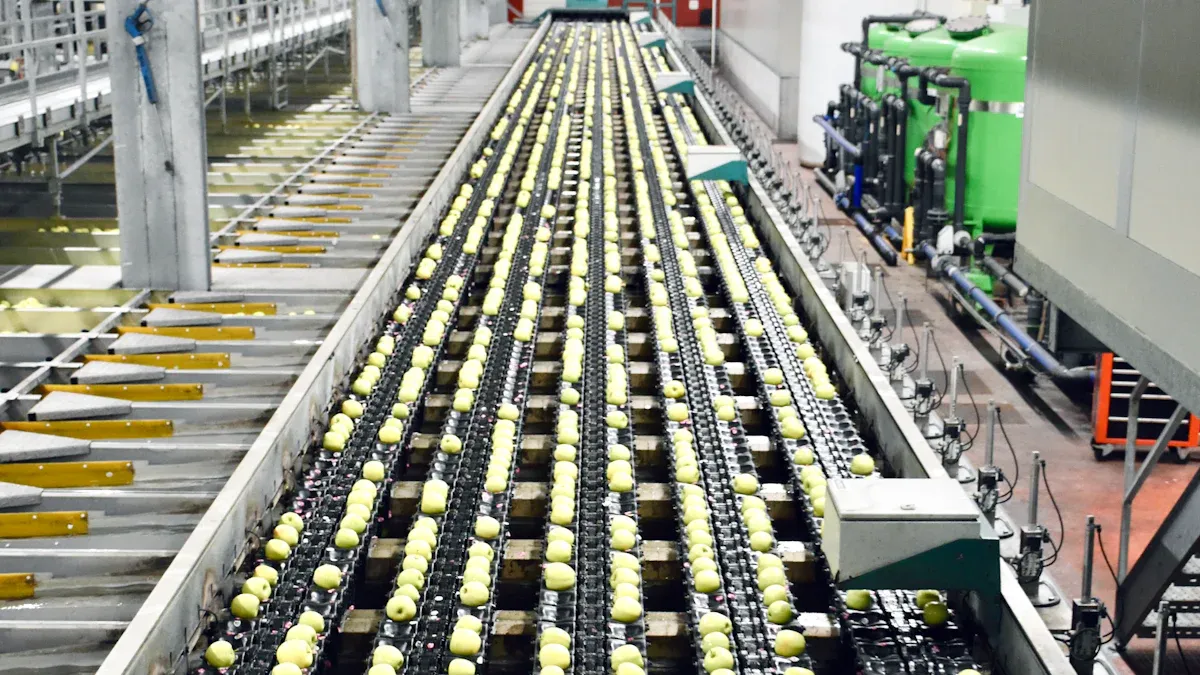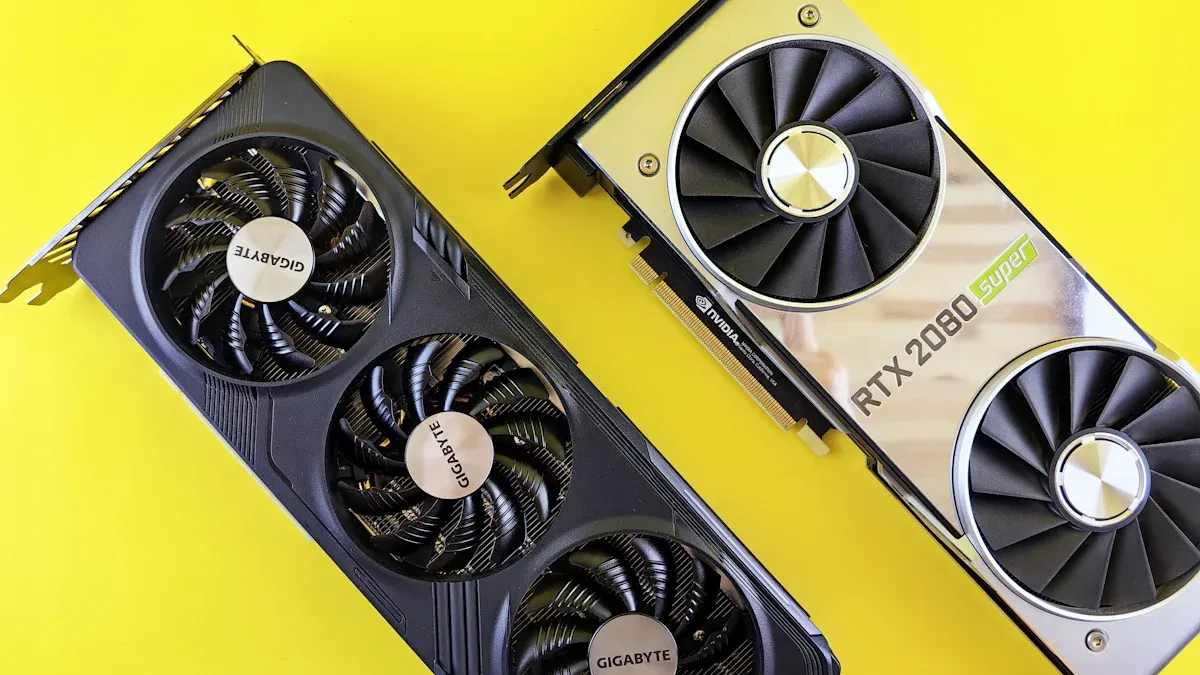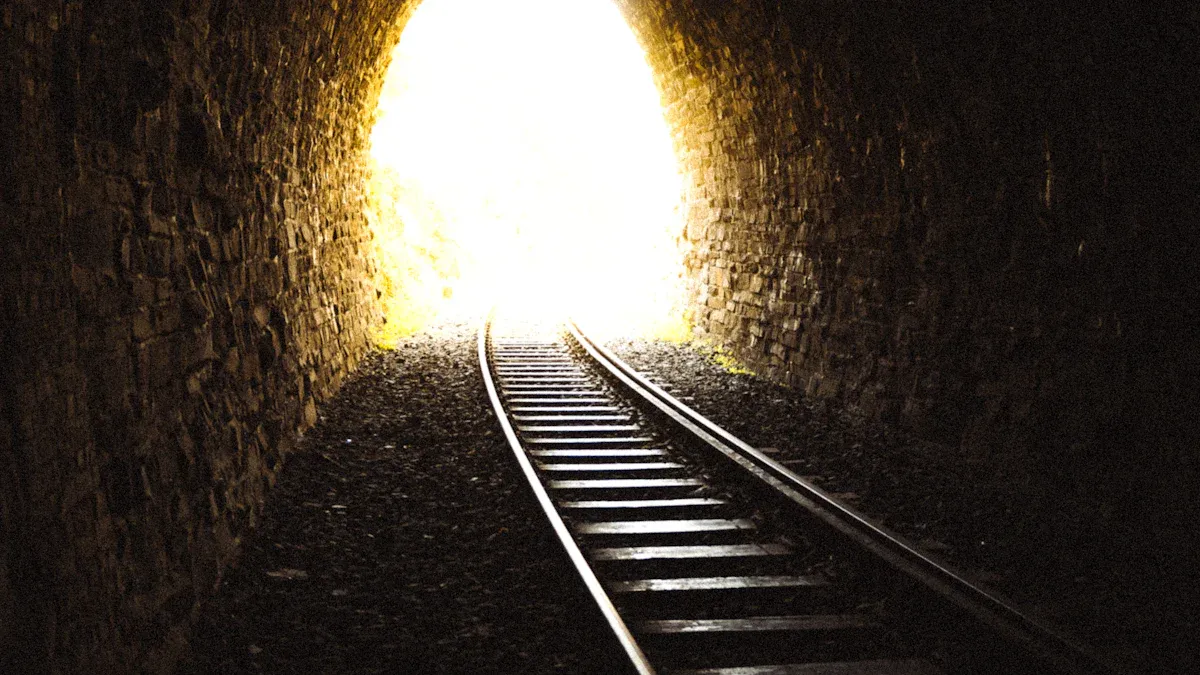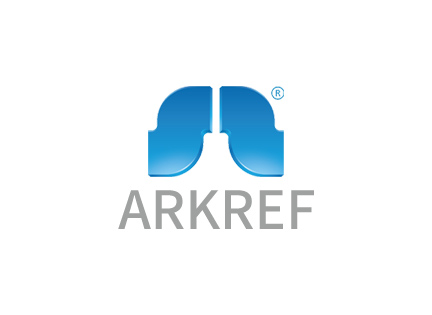Tunnel freezer vs spiral freezer what should you choose

You should pick a freezer that matches your business size. Think about what kind of product you have. Look at how much space you have. Think about how much you need to make. Here are some important things to think about:
Space needed
How much it can freeze at once
If it works with different products
How much energy it uses
How hard it is to take care of
Price
Think about what is most important for your work. Check the table and the main points to see if a tunnel freezer is right for you.
Key Takeaways
Pick a freezer that matches your business size and product type. Tunnel freezers work best for big batches of the same items. Spiral freezers are good for different products in small spaces.
Think about your building’s layout before you buy. Tunnel freezers need long, straight spaces. Spiral freezers save space by stacking up.
Check how much energy each freezer uses. Tunnel freezers use more energy because of their design. Spiral freezers use less energy for each pound of food.
Plan for how you will keep the freezer working well. Tunnel freezers are easier to clean and fix. Spiral freezers need more care because they are more complex.
Don’t just look at the price when you buy. A cheaper freezer might cost more to run and fix later. Think about how much it will cost to own over time.
Comparison Table

Overview
When you choose a freezer for your business, you need to see the differences clearly. A comparison table helps you spot the main features at a glance. You can use this table to match your needs with the right freezer type.
Tip: Use this table as a quick guide. Check which features matter most for your products and space.
Feature | Tunnel Freezer | Spiral Freezer |
|---|---|---|
Space Needed | Needs more length. Best for large, straight spaces. | Needs less floor space. Fits in tight areas. |
Throughput | Handles high volumes. Good for big batches. | Handles medium to high volumes. Works well for steady flow. |
Product Flexibility | Best for uniform products like fillets or patties. | Handles many shapes and sizes. Good for mixed products. |
Energy Efficiency | Uses more energy for long tunnels. | Uses less energy per pound. Keeps cold air inside better. |
Maintenance | Easier to clean. Fewer moving parts. | Needs more care. Has belts and moving trays. |
Cost | Lower upfront cost. Simple design. | Higher upfront cost. More complex system. |
You can see that tunnel freezers work best if you have a lot of space and need to freeze large amounts of the same product. Spiral freezers fit better if you have limited space or need to freeze different types of products.
If you want to freeze chicken nuggets in huge batches, a tunnel freezer may suit you. If you run a bakery with many shapes and sizes, a spiral freezer could be the better choice.
Note: Always check your building layout before you decide. Some freezers need special doors or extra room for loading and unloading.
This table gives you a starting point. You can now look at your own needs and see which freezer matches your business goals.
Tunnel Freezer vs Spiral Freezer

Tunnel Freezer Features
A tunnel freezer works like a long, cold hallway. You place your products on a conveyor belt. The belt moves them through a straight, chilled tunnel. Cold air blasts over the food as it travels. This method freezes items quickly and evenly.
Key features of a tunnel freezer:
High throughput: You can freeze large amounts of food at once. This makes it great for big factories.
Simple design: The straight tunnel shape means fewer moving parts. You will find it easier to clean and maintain.
Best for uniform products: If you freeze items like fish fillets, chicken nuggets, or burger patties, this freezer works well.
Requires more space: You need a long, straight area in your facility. The tunnel freezer stretches out, so plan your layout carefully.
Tip: If you want to freeze the same product in big batches, a tunnel freezer gives you speed and efficiency.
Advantages:
Fast freezing for large volumes.
Lower upfront cost compared to some other systems.
Easier cleaning due to simple structure.
Limitations:
Needs a lot of floor space.
Not ideal for products with many shapes or sizes.
Uses more energy because of the long tunnel.
Spiral Freezer Features
A spiral freezer looks like a tall stack of moving trays or belts. Your products enter at the bottom and move up or down in a spiral path. Cold air flows around the trays, freezing the food as it travels.
Key features of a spiral freezer:
Space-saving design: The spiral shape stacks trays upward. You can fit a spiral freezer in a smaller area.
Handles many product types: You can freeze items of different shapes and sizes. This works well for bakeries, ready meals, or mixed products.
Steady flow: The spiral freezer keeps products moving at a steady pace. This helps if you have a continuous production line.
More complex system: The belts and trays need regular care. Maintenance takes more time and skill.
Note: If you have limited space or freeze many types of products, a spiral freezer gives you flexibility.
Advantages:
Fits in tight spaces.
Freezes many shapes and sizes.
Uses less energy per pound of food.
Limitations:
Higher upfront cost.
More moving parts mean more maintenance.
Cleaning takes longer.
Main Differences at a Glance:
Feature | Tunnel Freezer | Spiral Freezer |
|---|---|---|
Space Needed | Large, straight area | Compact, vertical stack |
Product Types | Uniform shapes | Mixed shapes and sizes |
Throughput | Very high | Medium to high |
Maintenance | Easier | More complex |
Energy Use | Higher | Lower per pound |
Cost | Lower upfront | Higher upfront |
Remember: You should match your freezer choice to your space, product type, and production needs. Each freezer has strengths and weaknesses. Think about what matters most for your business.
Decision Factors
Space
You need to look at your facility’s layout before you choose a freezer. A tunnel freezer takes up a lot of floor space. It stretches out in a straight line, so you need a long, open area. If your building has plenty of room, this type can fit well.
A spiral freezer stacks trays or belts upward. It uses vertical space instead of spreading out. You can fit a spiral freezer into a smaller area. This works well if you have a tight or crowded facility.
Tip: Measure your available space. Draw a simple map of your floor. See which freezer fits best.
Throughput
Throughput means how much product you can freeze in a certain time. If you need to freeze large batches quickly, a tunnel freezer gives you high throughput. You can load many items at once and move them through fast.
A spiral freezer handles medium to high volumes. It works best for steady, continuous production. If your business runs all day and you need a constant flow, a spiral freezer keeps up well.
Think about your daily production goals. If you plan to grow, pick a freezer that can handle more in the future.
Product Flexibility
Some businesses freeze only one type of product. Others need to handle many shapes and sizes. A tunnel freezer works best with uniform items. If you freeze the same product every day, like fish fillets or burger patties, this freezer keeps things simple.
A spiral freezer gives you more flexibility. You can freeze different products, even if they have odd shapes or sizes. Bakeries, ready-meal makers, and mixed-product lines often choose spiral freezers for this reason.
Note: If you plan to add new products later, flexibility matters. Choose a freezer that can adapt.
Energy Efficiency
Energy costs can add up fast. A tunnel freezer uses more energy because it has a long tunnel to keep cold. If you run it all day, your power bill may go up.
A spiral freezer keeps cold air inside better. It uses less energy for each pound of food. This can save you money over time, especially if you freeze many different products.
Look at your local energy rates. Calculate how much you might spend each month. Energy savings can make a big difference in your budget.
Maintenance
Every freezer needs care to keep running well. A tunnel freezer has a simple design. It has fewer moving parts, so you spend less time on repairs. Cleaning is easier, too.
A spiral freezer has belts and trays that move. These parts need regular checks and cleaning. Maintenance takes more time and skill. If you have a small team, think about how much work you can handle.
Tip: Ask the supplier about cleaning steps and spare parts. Make sure your staff can manage the upkeep.
Cost
Cost includes more than just the price tag. A tunnel freezer usually costs less to buy. The design is simple, so installation is easier. But you may pay more for energy over time.
A spiral freezer costs more upfront. The system is complex, and setup takes longer. You might save money later because it uses less energy and fits in smaller spaces.
Think about your budget now and in the future. Add up the purchase price, installation, energy, and maintenance. This helps you see the real cost over the life of the freezer.
Remember: The cheapest option today may not be the best value in the long run.
Choosing for Your Business
Large-Scale Operations
If you run a large food factory or process big batches every day, you need a freezer that can keep up. A tunnel freezer works well for high-volume needs. You can freeze many products at once and move them through quickly. For example, if you produce thousands of chicken nuggets or fish fillets each hour, this freezer gives you speed and power. You need a long, open space for the tunnel, but you get fast results and easy cleaning. Many big meat or seafood plants choose this option.
Tip: Plan your floor space before you buy. Make sure you have enough room for the tunnel and for workers to move safely.
Small and Medium Businesses
If you own a bakery, a small food plant, or a ready-meal company, you may not have much space. You also may not need to freeze huge batches at once. A spiral freezer fits better in tight areas. You can stack products in a small footprint and still freeze them quickly. For example, a bakery that makes cakes, rolls, and pastries can use a spiral freezer to handle different shapes and sizes. You save space and energy, even if your production grows over time.
Spiral freezers help you adapt as your business changes.
You can freeze many products without moving equipment.
Diverse Product Lines
If your business makes many types of food, you need a freezer that can handle change. Spiral freezers work well for mixed products. You can freeze pizzas, desserts, and snacks all in one system. This helps if you want to add new items later. For example, a company that makes both bread and frozen meals can use a spiral freezer for both. You do not need to buy a new freezer for each product.
Note: If you only freeze one product in large batches, a tunnel freezer may still be the best choice.
Mistakes to Avoid
Space Overlooked
You might think you have enough room for any freezer. Many business owners make this mistake. Always measure your space before you buy. Tunnel freezers need long, straight areas. Spiral freezers need height but less floor space. If you skip this step, you may end up with a freezer that does not fit. You could face costly changes to your building.
Tip: Draw a simple map of your facility. Mark doors, walls, and other equipment. Check if you have enough space for the freezer and for workers to move safely.
Product Mismatch
You need to match your freezer to your products. Some people buy a tunnel freezer for mixed products. Others pick a spiral freezer for only one shape. This can cause problems. Tunnel freezers work best for uniform items like patties or fillets. Spiral freezers handle many shapes and sizes. If you choose the wrong type, you may slow down your production or waste energy.
Ask yourself: What products do you freeze most? Will you add new items soon?
Choose wisely: Pick a freezer that fits your main product needs.
Maintenance Underestimated
You might forget how much care your freezer needs. Tunnel freezers have fewer moving parts. They are easier to clean. Spiral freezers have belts and trays that need regular checks. If you do not plan for maintenance, your freezer could break down. This leads to lost time and higher costs.
Note: Ask your supplier about cleaning steps and spare parts. Make sure your team can handle the work.
Cost Focus Only
Many people look only at the price tag. This can be a big mistake. A cheaper freezer may cost more in the long run. You need to think about energy use, repairs, and how well the freezer fits your needs. Sometimes, spending more at first saves you money later.
Cost Factor | Short-Term | Long-Term |
|---|---|---|
Purchase Price | Low/High | One-time |
Energy Use | Varies | Ongoing |
Maintenance | Varies | Ongoing |
Remember: Look at the total cost over the freezer’s life, not just the starting price.
If you have lots of space and freeze big batches of the same product, a tunnel freezer is a good choice. If you do not have much room and need to freeze different shapes, a spiral freezer works better. Always think about what you want to make and check your building before picking a freezer.
Tip: If you are not sure, ask a freezer expert for help. Every business is different, so look at your choices and pick what fits you best.
FAQ
What products work best in a tunnel freezer?
You get the best results with uniform items like fish fillets, chicken nuggets, or burger patties. These products move smoothly through the tunnel and freeze evenly.
Can you use a spiral freezer in a small facility?
Yes, you can. Spiral freezers use vertical space. You fit them into tight areas. They work well in bakeries, small food plants, or any place with limited floor space.
How often should you clean your freezer?
You should clean your freezer after each production run. Regular cleaning keeps your equipment safe and efficient. Always follow the manufacturer’s cleaning instructions.
Does a spiral freezer cost more to run than a tunnel freezer?
Spiral freezers usually use less energy per pound of food. You may pay more upfront, but you often save money on energy bills over time.
See Also
Selecting Between Tunnel And Spiral Freezers For Your Needs
Understanding The Key Differences Between Tunnel And Spiral Freezers
Comparing Efficiency And Costs Of Spiral And Tunnel Freezers

